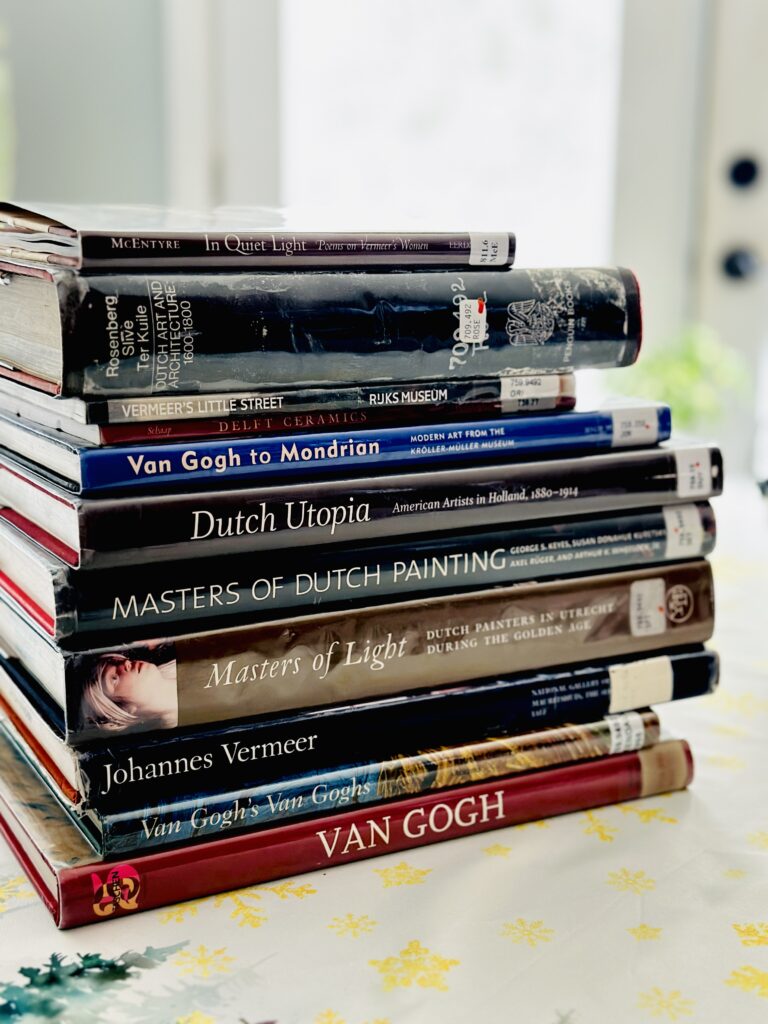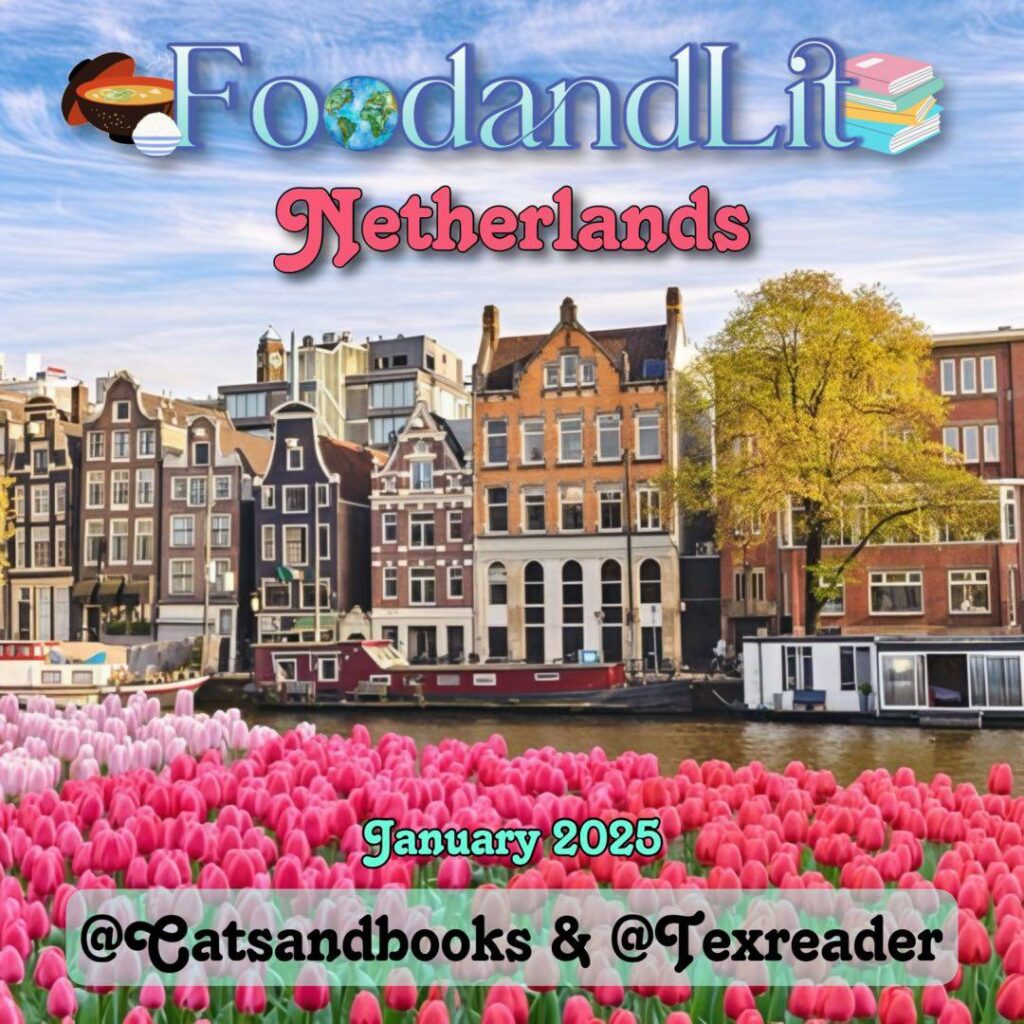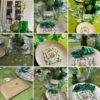
If only my Holland was this Holland……. I digress….
My dream has always been to go to Amsterdam to see the Anne Frank House and the Rijksmuseum.
I decided to do art for this months challenge. Here’s some tidbits I learned or relearned.
The Dutch Reformed church and a rising sense of Dutch nationalism informed the Golden Age. Art too took on independent directions, developing an emphasis on secular subjects, depicted not with Catholic grandeur, but emphasizing ordinary human life and realistic treatments. As a result, some scholars have referred to Dutch Golden Age painting as Dutch Realism.
During the occupation of the Netherlands in WW2, Willem Arondeus, a painter and Frieda Belinfante, a cellist, used their artistic skills to forge identity cards that saved thousands of Jews from the death camps. This was no mean task; the Dutch had the most sophisticated identity card system in the world and they had watermarks, making them incredibly had to forge. What’s more, the Nazis had a clever backup: each card they issued had a duplicate stored in the Amsterdam Central Records Office. Together with a group of fellow artists, Willem led a daring raid to blow up the Central Records Office and destroy the duplicate cards. There was only one proviso: no one could be harmed in the process because: “We are not like them”. Arondéus was arrested and executed in 1943. Yad Vashem recognized him as Righteous Among the Nations…
We think of The Netherlands as this wonderfully tolerant, accepting country with all kinds of progressive ideas, but you could say that Willem and Frieda weren’t celebrated until recently because they were gay.
Many painters, sculptors and architects of the seventeenth century are called “Dutch masters”, while earlier artists are generally referred to as part of the “Netherlandish” tradition. When a work of art is labelled as ‘Dutch School’, it means that the specific artist who created it is unknown.
☕️Coffee is an integral part of Dutch culture, with the country being one of the world’s largest consumers of coffee.
The Dutch Coffee Culture
Despite the decline of their coffee trade, the Dutch have remained a major coffee lover nation. Today, the Netherlands is one of the largest consumers of coffee per capita in the world. The Dutch also have a strong coffee culture, with many coffee shops and cafes throughout the country.
Dutch coffee shops are known for their relaxed atmosphere and their wide variety of coffee drinks. Coffee shops are also popular places for people to socialize and smoke cannabis.
The Dutch coffee culture is unique in the world. It is a culture that is based on a love of coffee and a relaxed attitude towards life.
Coffee. It is life.



